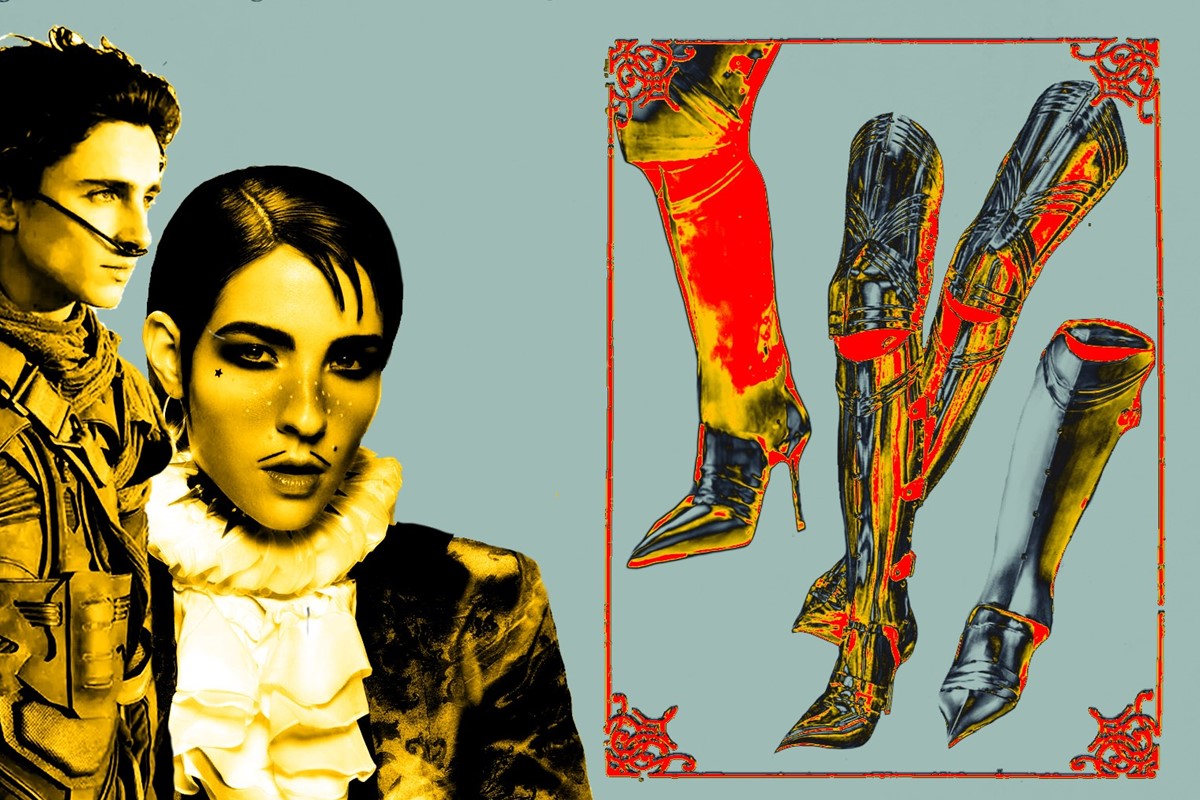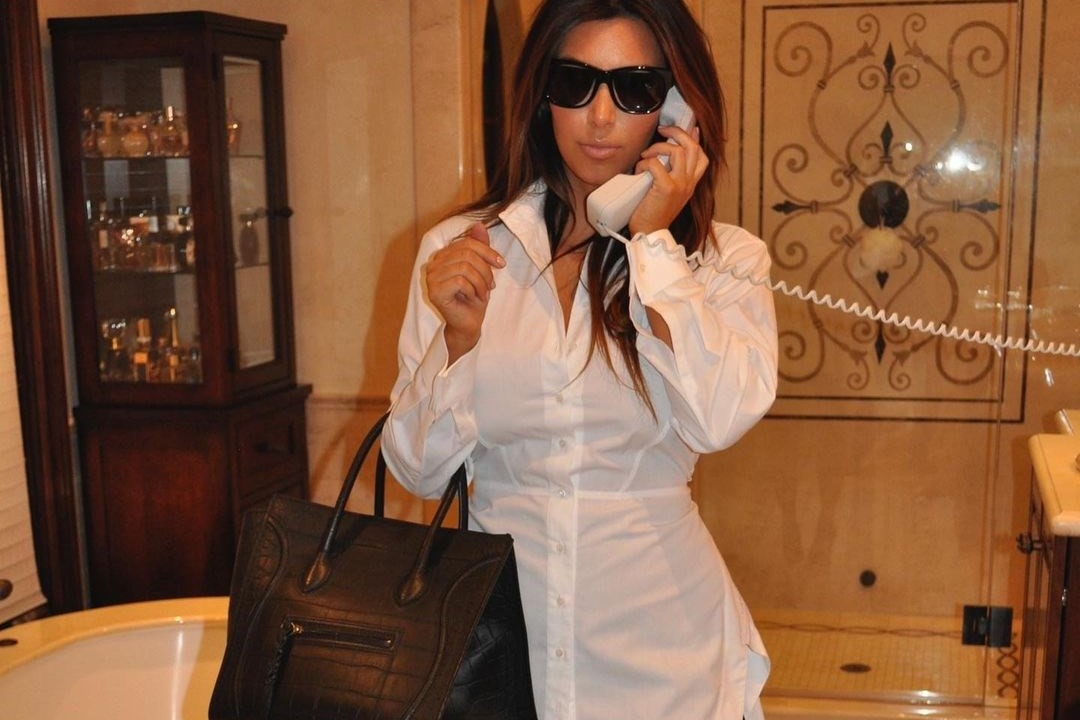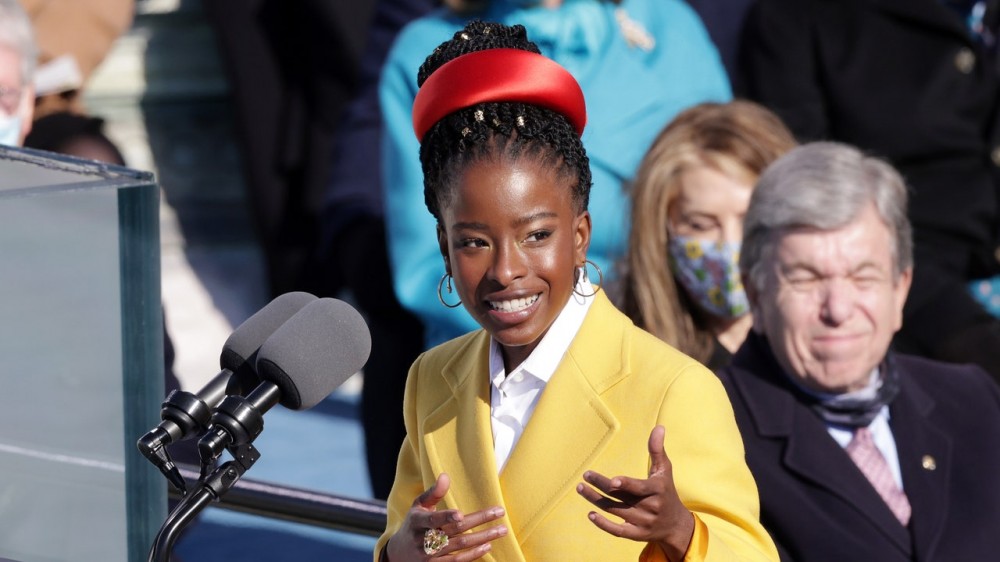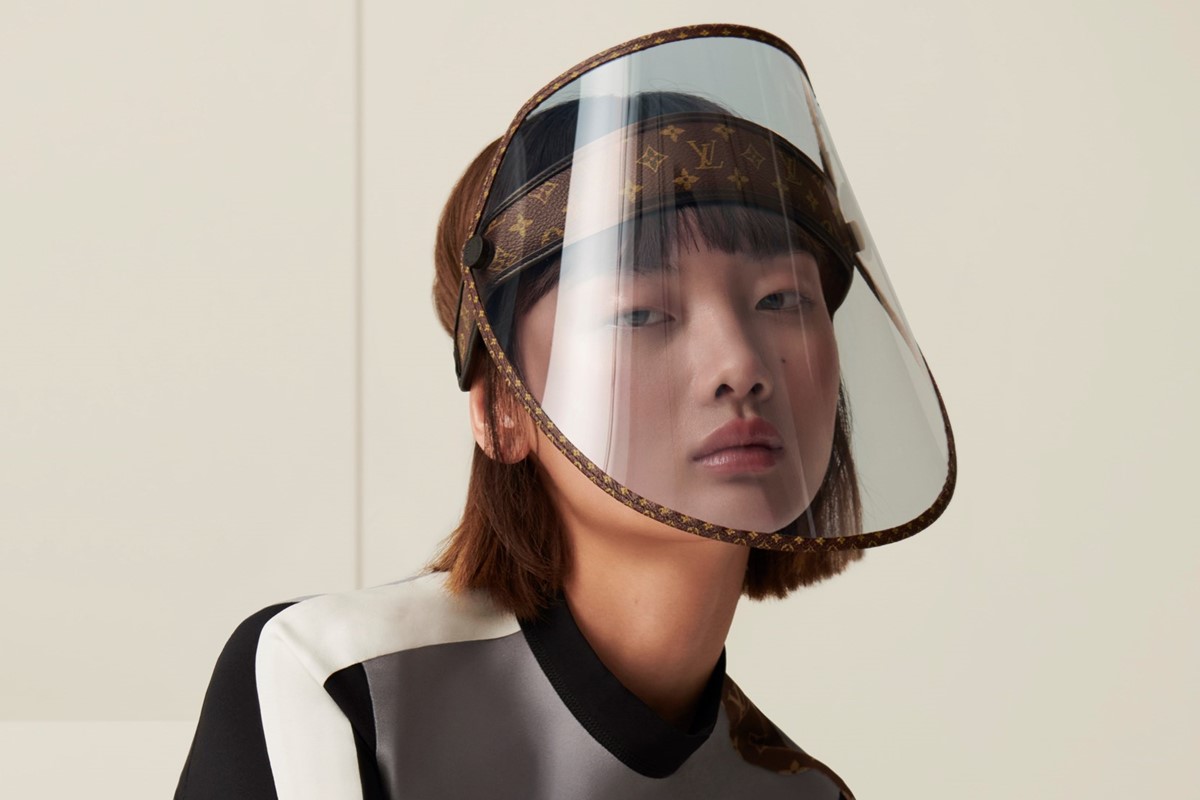
How medieval fashion took over the runway and our Instagram feeds
Whether it’s Balenciaga’s knightcore boots or Cardi B’s slinky chainmail evening wear, fashion is heading to the dark ages and readying for battle
Go to any rave in post-pandemic London and you’re bound to stumble across a particular sort of punter. Dressed like medieval forest dwellers or emo faeries, they wear ripped-up fabrics and gauzy scarves, draped hoods, and warrior tunics.
It’s a post-apocalyptic yet pre-industrial aesthetic, with hints of Y2K and goblincore. Emerging out from a dark age swamp, these neo-pagan peasant ravers recall the medieval futurism of Alexei German’s 2013 sci-fi epic Hard To Be A God. His image of a pre-Renaissance world packed with tyranny and factional wars isn’t too dissimilar to our own.
Beyond Instagram feeds and sweaty basement raves, however, medieval aesthetics are big on the runway, too. Whether it’s Balenciaga’s AW21 ‘knightcore’ boots (as worn by Cardi B) or Paco Rabanne’s regal spring 2021 collection, fashion has switched into warrior mode and is readying for battle.




What it is that we’re fighting, exactly, has yet to be made clear. But with dark times ahead, it’s no wonder we’re heading to the dark ages to make sense of the senseless. We are, after all, living in a time where neo-feudal lords reign over us in the form of private businesses and literal plagues point to the End Times.
“For Gen Z today, there is a strong sense of nostalgia which we have seen, with the omnipresence and the recycling of 1990s and 2000s themes in their wardrobe,” explains trend analyst Geraldine Wharry. “There is a need to uplift spirits and escape via parallel worlds, building immersive aesthetic worlds that can pull from folkloric and historic themes such as fairy tales, something that prevailed during medieval times.”
The trend draws on a slew of Middle Ages-inspired themes that have proliferated across the metaverse during the pandemic. With TikTok trends like cottagecore and regencycore dominating feeds in 2020, as well as an increased interest in the occult, medieval, or mod-eval, feels like the next logical step (#knightcore currently has 7m views on the platform).

As is the way with remix culture, the style isn’t necessarily historically accurate, but takes elements from across the 14th century and combines them with modern-day materials to fantastical ends. Take Boramy Vigieur’s SS22 menswear collection, which saw models pair layered long tunics with gauntlet-like gloves and chaperon-style leather headpieces that recall the headgear worn by a medieval knight. Or Loewe’s abstract metal breastplates, with draped scarf-like hoods and wrist pouches that feel distinctly Middle Ages.
Elsewhere, Salvatore Ferragamo’s AW21 collection featured modern armoury tunics made of tailored nappa leather, while Rick Owens’ SS22 runway saw the designer double-down on his High Priestess aesthetic by fusing sculptural, freeform shapes with solemn robes and thigh-high gladiator boots.
But while these looks draw on the past, they also point towards the future. Released via videogame, Balenciaga’s AW21 collection drew on End Times imagery – pre-crinkled jackets, puffers made of shredded deadstock, and denim jeans slashed to epic proportions – to evoke a “hero’s journey” through the apocalypse.
“There is a need to uplift spirits and escape via parallel worlds, building immersive aesthetic worlds that can pull from folkloric and historic themes such as fairy tales, something that prevailed during medieval times” – Geraldine Wharry
When armoured with medieval knight boots, the clothes feel both ancient and hyperreal. Or as Denma Gvasalia put it: “I believe in a future that is spiritual. Loading a forgotten past.” The gamified world provides a realm of escape from our pandemic lives, the medieval aesthetics only add to the sense of fantasy and exploration. “Modevil conjures themes of a dilapidated world and having to be a warrior, even in your day to day, on the street, much like characters in battle themed video games,” agrees Wharry.
With the arrival of Denis Villeneuve’s Dune, one of the most anticipated films of recent years, the trend is most likely to proliferate further. The film’s costume designer, Jacqueline West, drew on similar themes of ye olde days to bring forth Frank Herbert’s vision of an extraterrestrial kingdom populated by feudal monarchs, psychedelic drugs, and gigantic sandworms. “It’s a futuristic take on the past and immediately made me think of medieval references, ancient tarot cards, and alchemy,” she explained to Vogue. Removed from the typical sci-fi tropes of silver gizmos and aliens, the costumes include austere medieval gowns and high-tech suits that resemble armour.
“We have always been obsessed with the apocalypse for a long time. Having to overcome challenges and injecting fear is a powerful form of storytelling and hero creation,” says Wharry. “It feels more real, off the back of the recent IPCC report and climate disaster happening around the world.” Marine Serre’s apocalypse-inspired collections are a prime example of this – the designer even referenced Dune in her autumn/winter 2020 collection and ad campaign.
Elsewhere, independent brands like Mainline:RUS/Fr.CA/DE also echoes a similar sentiment, with earthy tones and vine-like panelling that recall a future druid. And cut-out skirts worn over trousers that look like they’ve survived the aftermath of a natural disaster. LA designer Natalia Fedner, a favourite amongst Beyoncé, Cardi B, and Megan Thee Stallion, transforms her subjects into modern-day Joan of Arcs, with battle-ready, slinky evening wear woven from thin yarns of metal.
In an era of peak nostalgia, where trends are chewed up and regurgitated at breakneck speed, the need to conjure brave new worlds is needed more than ever. While we won’t be donning gauntlets and wielding axes anytime soon, looking to the past poses exciting new ways to conceptualise the future. Will the future be clad in chainmail? Watch this space.



